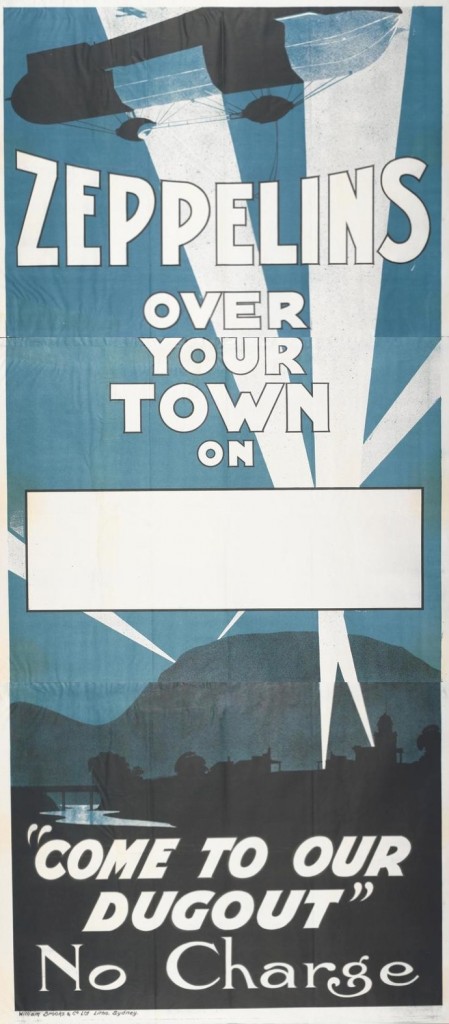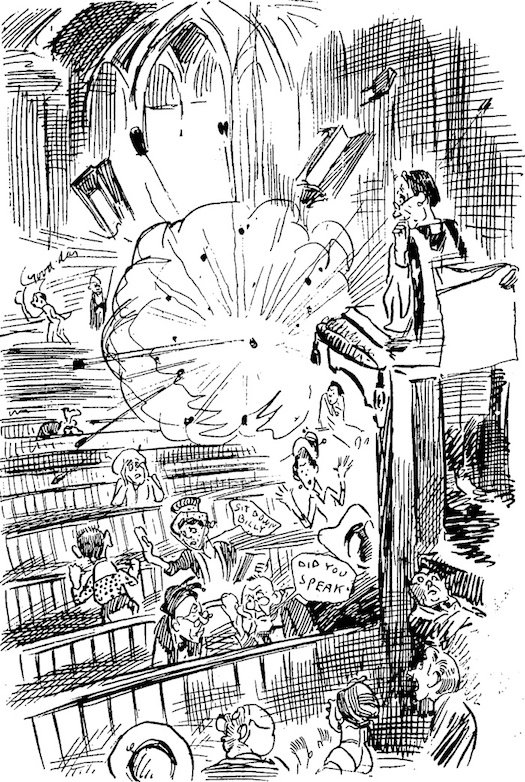An early death ray
C. G. G. [C. G. Grey], ‘A real aerial defence’, Aeroplane, 12 June 1913, 670: It has been brought to our attention — it comes from the City, so it must be true — that Britain has at last acquired a real means of enforcing the Aerial Navigation Act. It is alleged that a great […]




